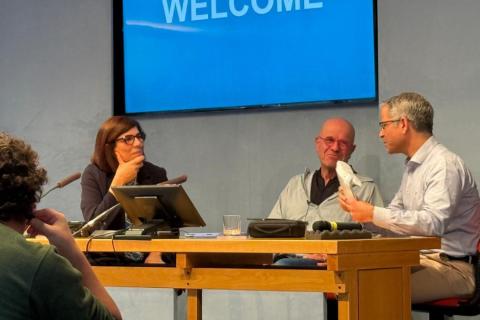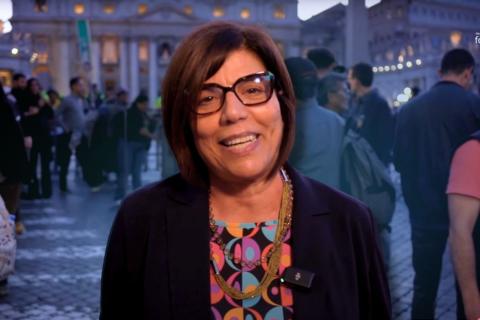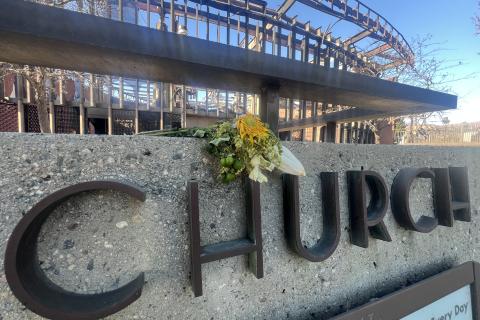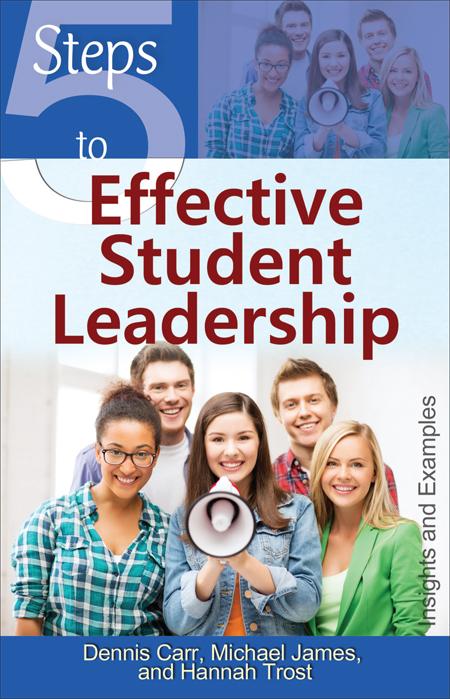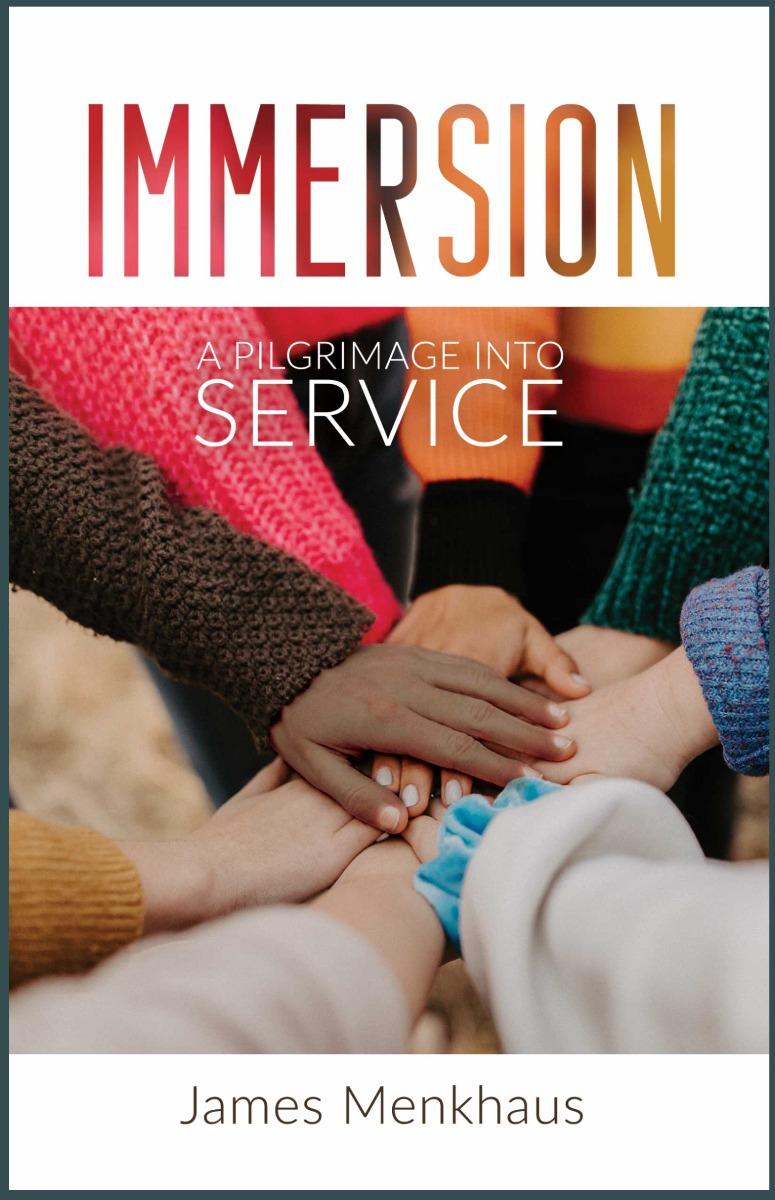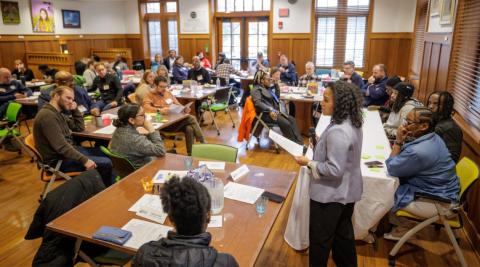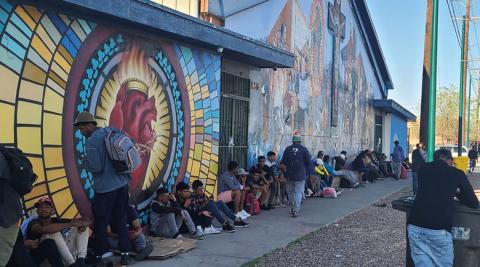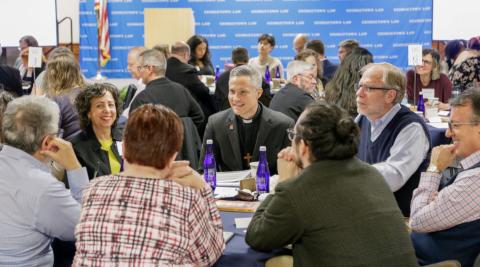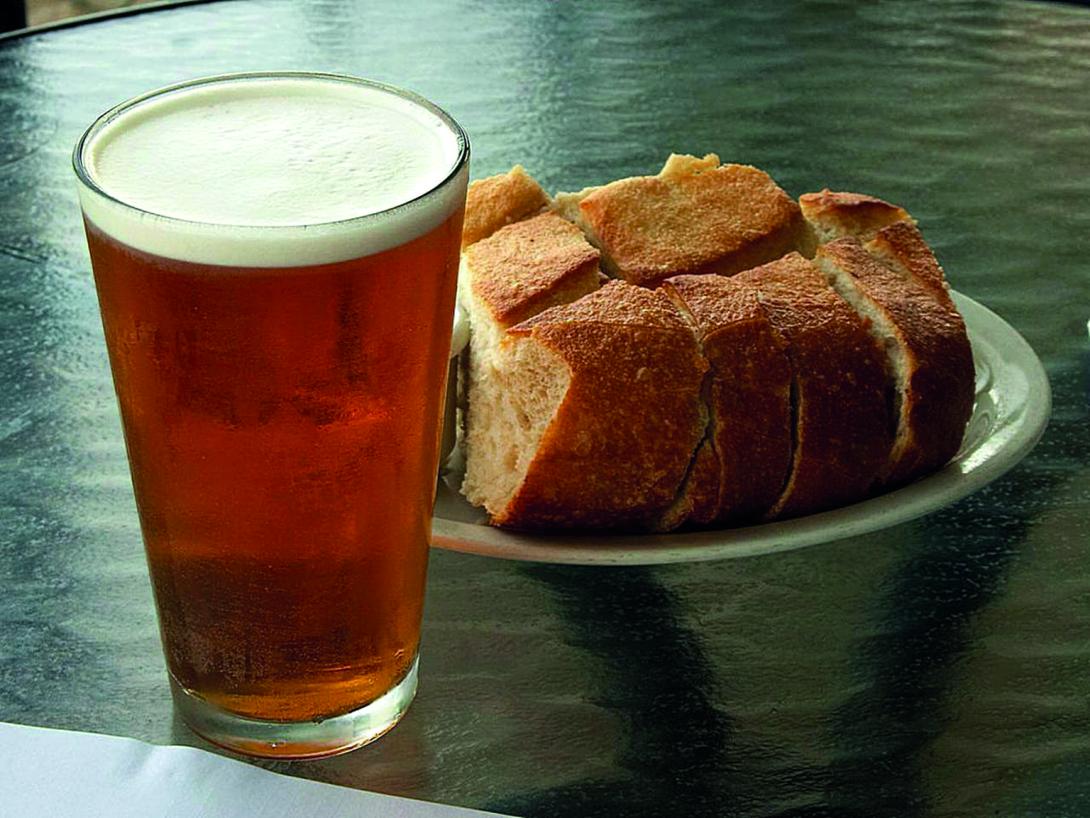
Photo by Jon Sullivan on Pixnio
In nature, nothing goes to waste—and a circular economy aims to mimic that.
Contrary to the linear “take, make, dispose” direction of industrial processes, which use finite resources to create products that end up in landfills or in incinerators, the circular approach considers ways to put “nutrients” (biological or technical) back into the cycle. This “closes the loop” and regenerates along the way.
This is a trend that is making headway in companies around the world. An interesting case study conducted by Paul Polman and Andrew Winston examines central takeaways from Unilever and other companies on how they can and must become “net positive”—giving more to the world than they take.
Every effort in this direction is welcome, and at the latest Greenaccord Forum that was held at the end of November in Bari, Italy, some promising projects were presented.
In Italy alone, 1,300 tons of unsold bread are wasted every day because bakeries must be prepared to meet the demand, which varies day to day. Some are given away to foodbanks and charities, but still much of it ends up being composted or in landfills.
Biova Project, an Italian for-profit startup, transforms old bread into beer, giving it a new value. This upcycling starts by collecting the stale and unusable bread and bringing it to breweries that follow Biova Project’s recipe.
There the bread substitutes 30% of the barley malt needed to produce the beer, since the bread provides starches and sugars that help in the fermentation process. Each batch of 330 pounds of stale bread produces 660 gallons of beer, saving not only raw materials but also more than 1,300 kilograms of CO2.
And from the fermentation leftovers, Biova Project developed a snack that is rich in fiber and protein with low fat and sugar.
Similar projects are emerging around the world. London’s Toast Ale is now working with breweries in the Netherlands and the U.S. Chicago’s Crust Brewing is following suit in Singapore.
AraBat, another European-based startup, presented their innovative way to use orange and citrus peels to recycle lithium-ion batteries. With approximately 705,000 tons of end-of-life batteries available by 2025 and 9 million tons per year by 2040, recycling them is imperative.
Yet in 2019 only 94,000 tons were recycled. Metals and raw materials could be “mined” from the used batteries that now go to landfills. The value of the raw materials in batteries is approximately $315 million, which will reach $1.137 billion by 2025 and $23.812 billion by 2040.
Currently the common recycling process entails grinding and heating the spent batteries at high temperatures. An alternative to this rather expensive and polluting method is the hydrometallurgical process, where the ground batteries are subject to a leeching process using strong acid at significantly lower temperatures. Li-Cycle is a Canadian company with branches in the U.S. and Europe that follows this process.
AraBat’s innovation proposes to use weak citric acid coming from food waste, especially orange peel, containing flavonoids, phenolic acids, and cellulose to be converted into sugars for the metal extraction process. The leeched metals—nickel, precious metals, cobalt, manganese, and lithium—are then recaptured in chemical compounds.
Using this method, 17 pounds of lithium, 20 of cobalt, 88 of nickel and 26 of manganese could be re-mined from a standard electric vehicle battery. The battery’s aluminum, plastic, graphite, electrolytes, steel and copper could also be recycled, leaving only a 10% residue.
The process allows resources to be kept “alive” for as long as possible, also keeping supply chains less vulnerable to political crises. AraBat expects to complete their pilot project this year, in time to build an industrial plant in 2024.
These are promising developments in the effort to build a circular economy that can help preserve our common home.



